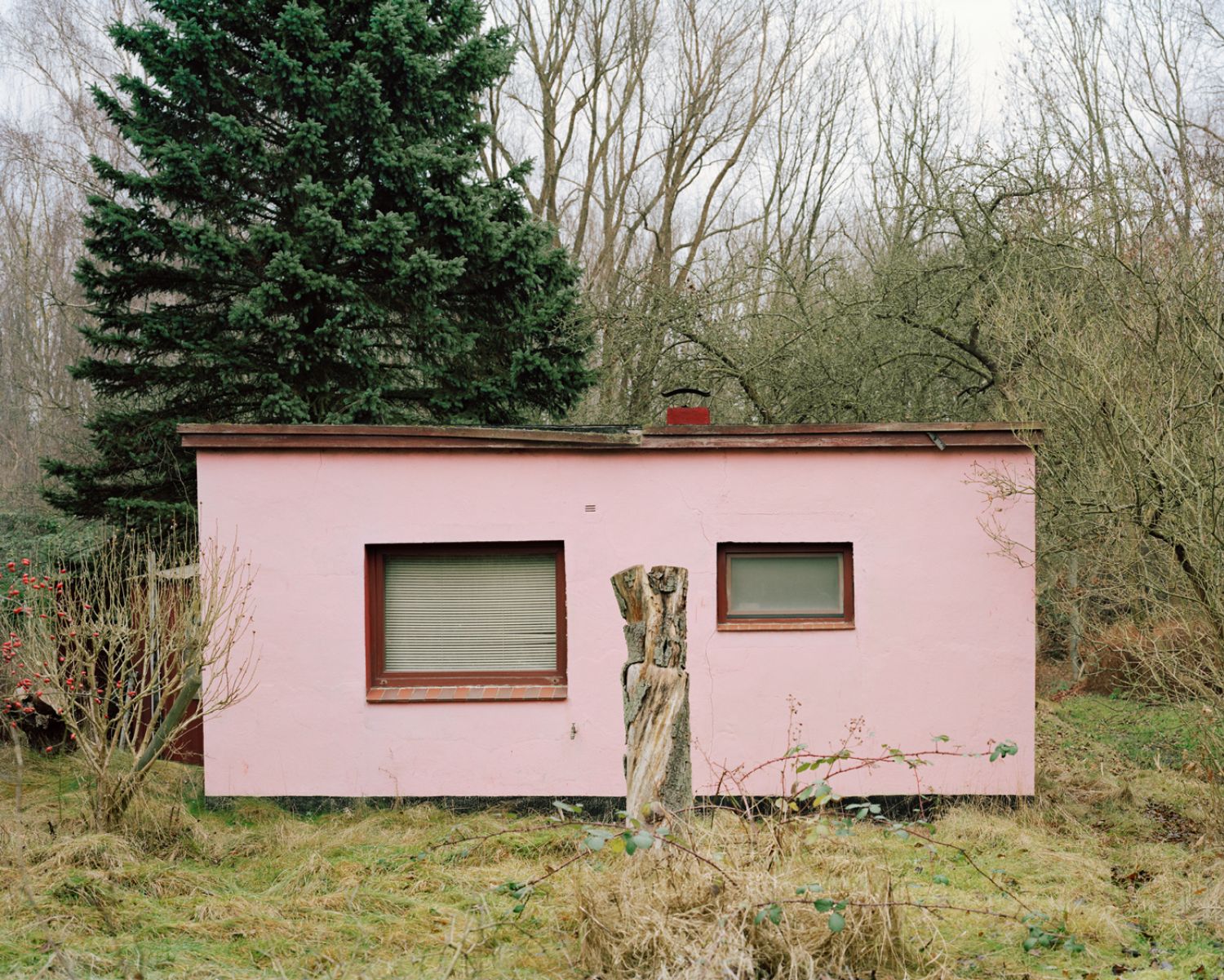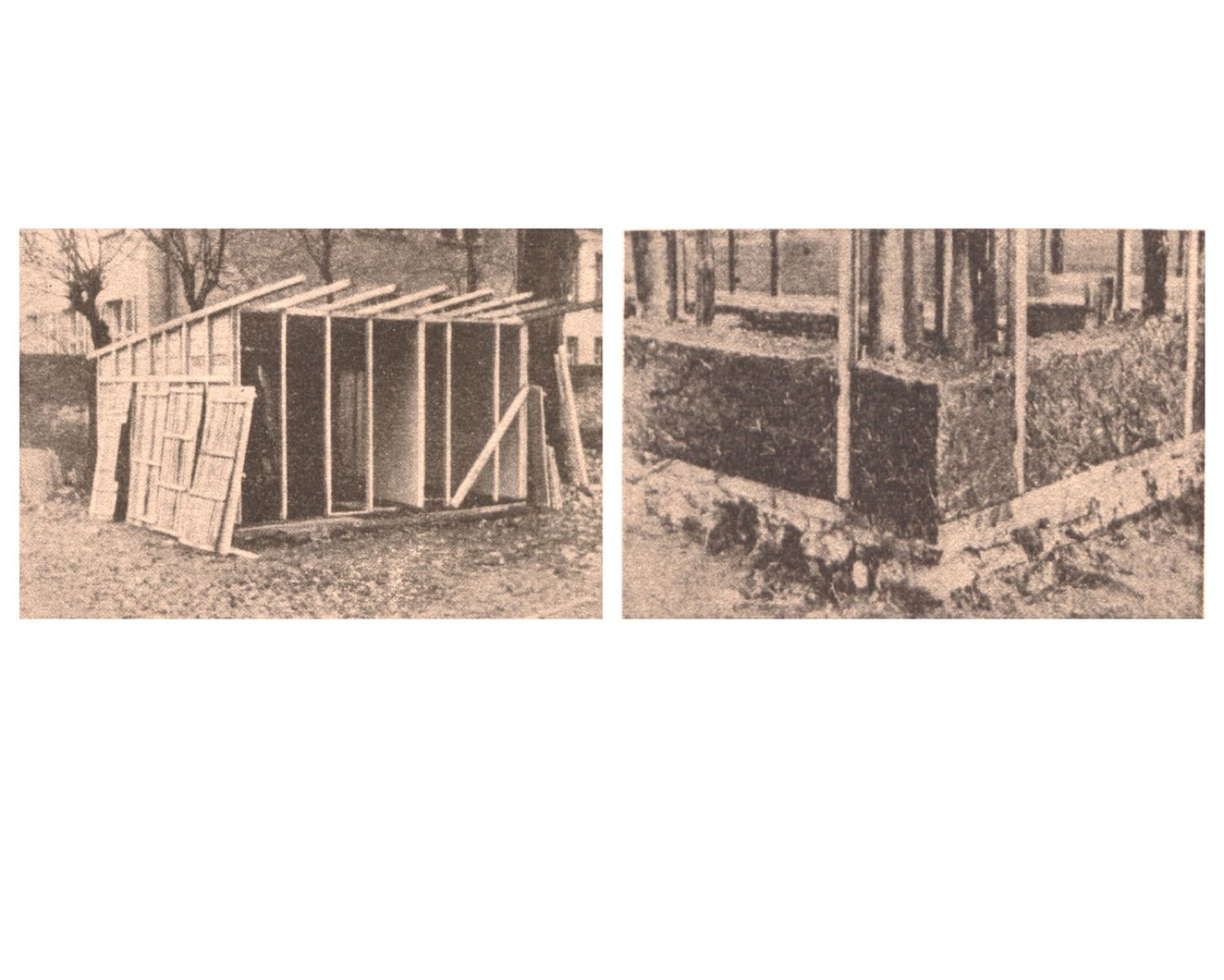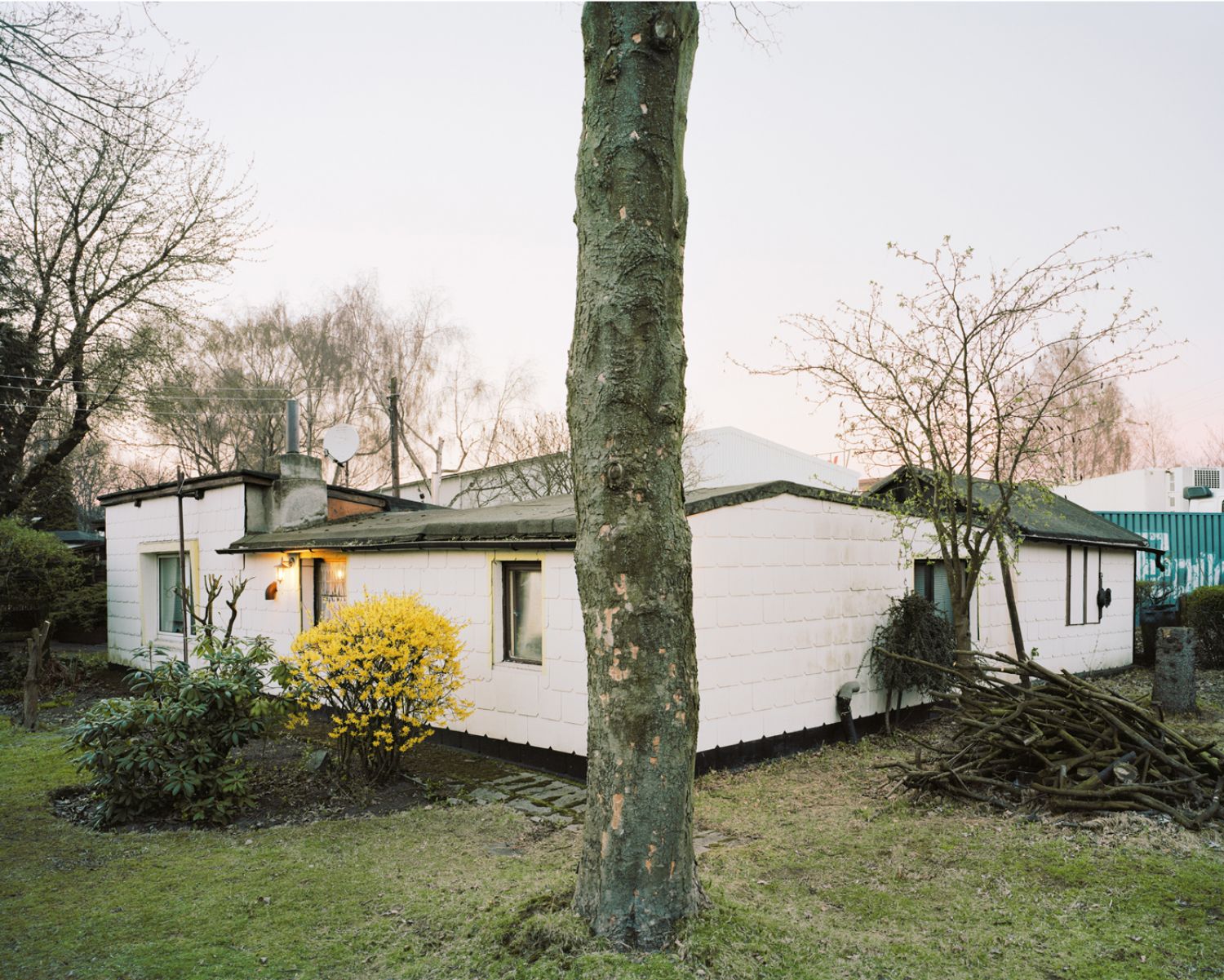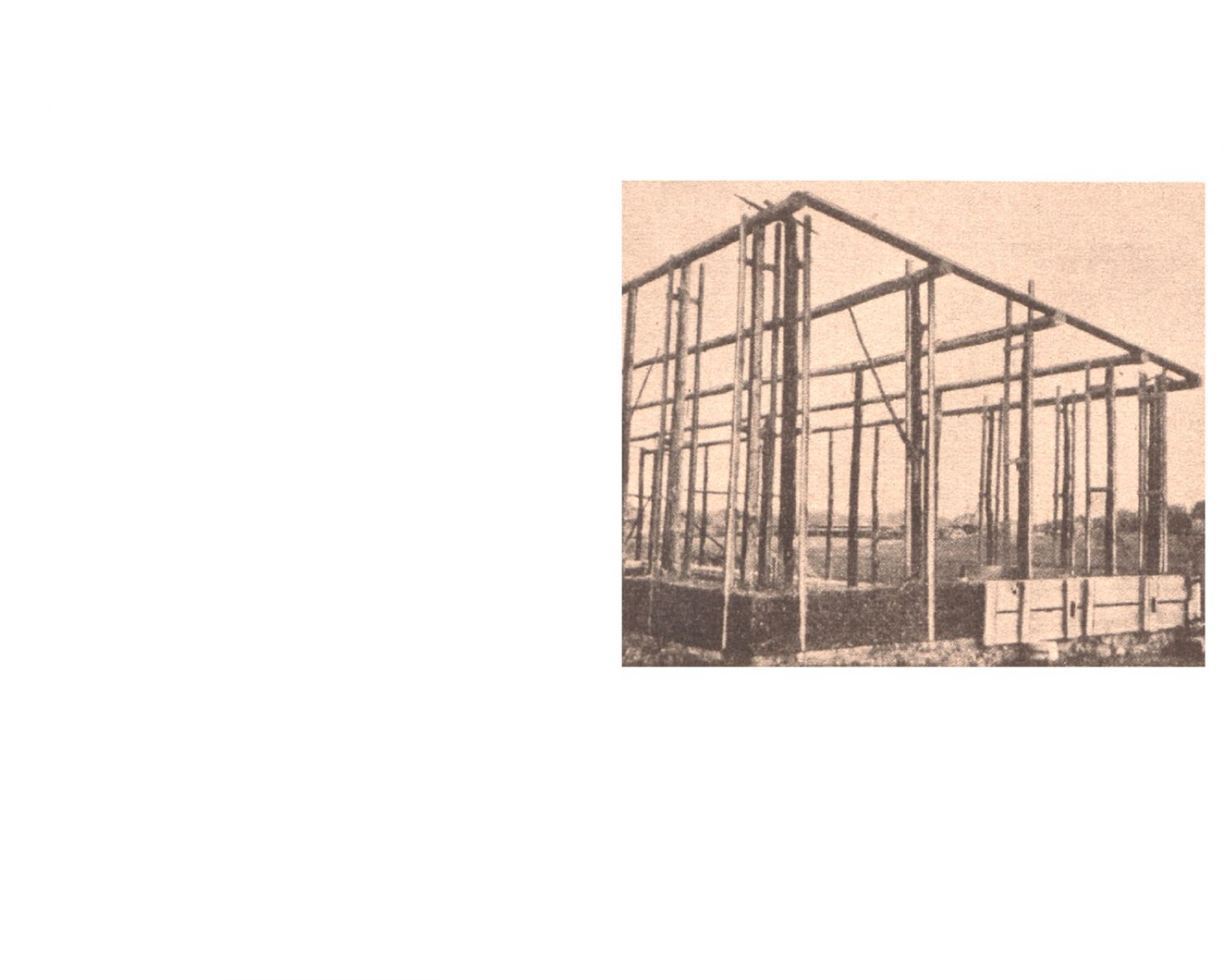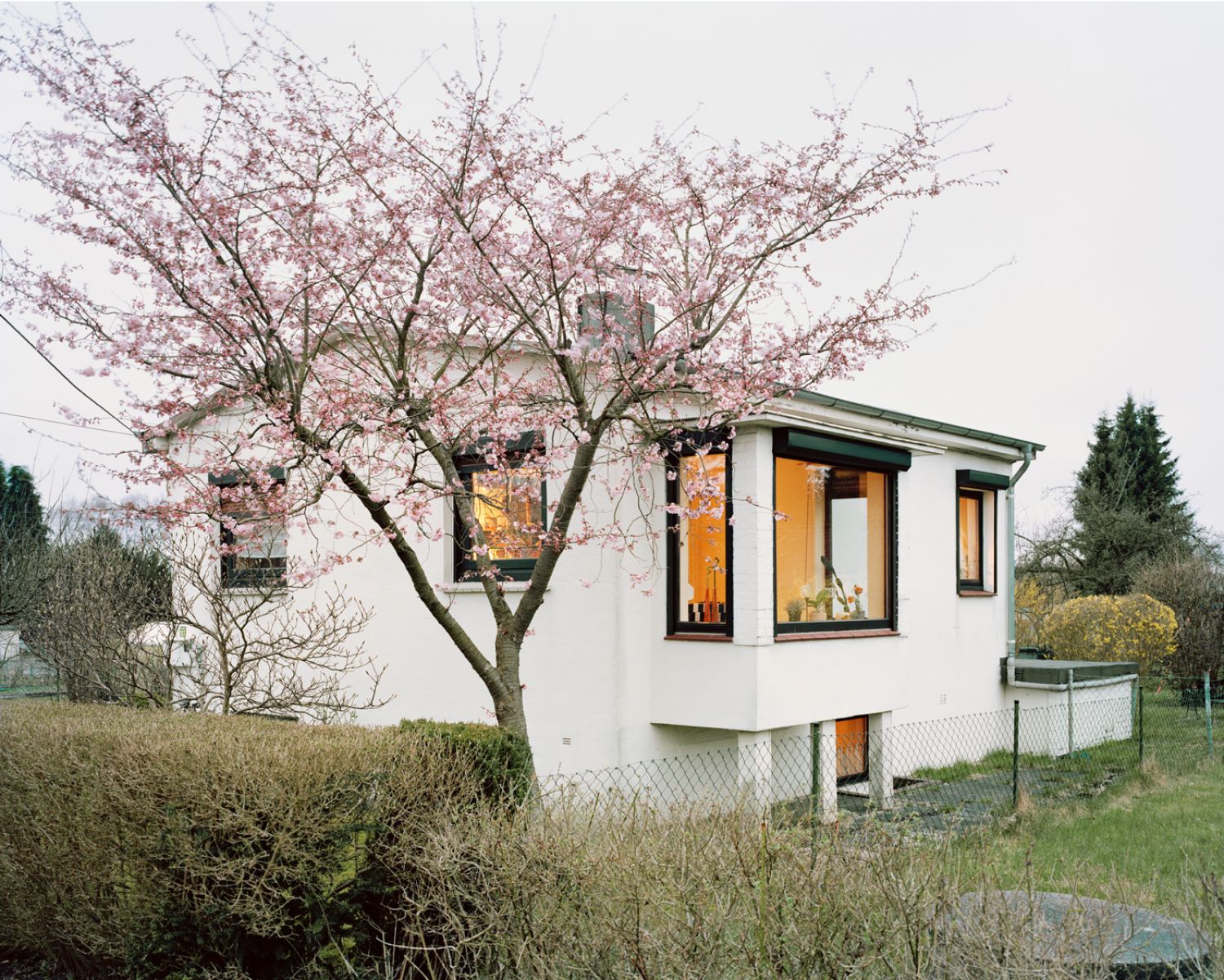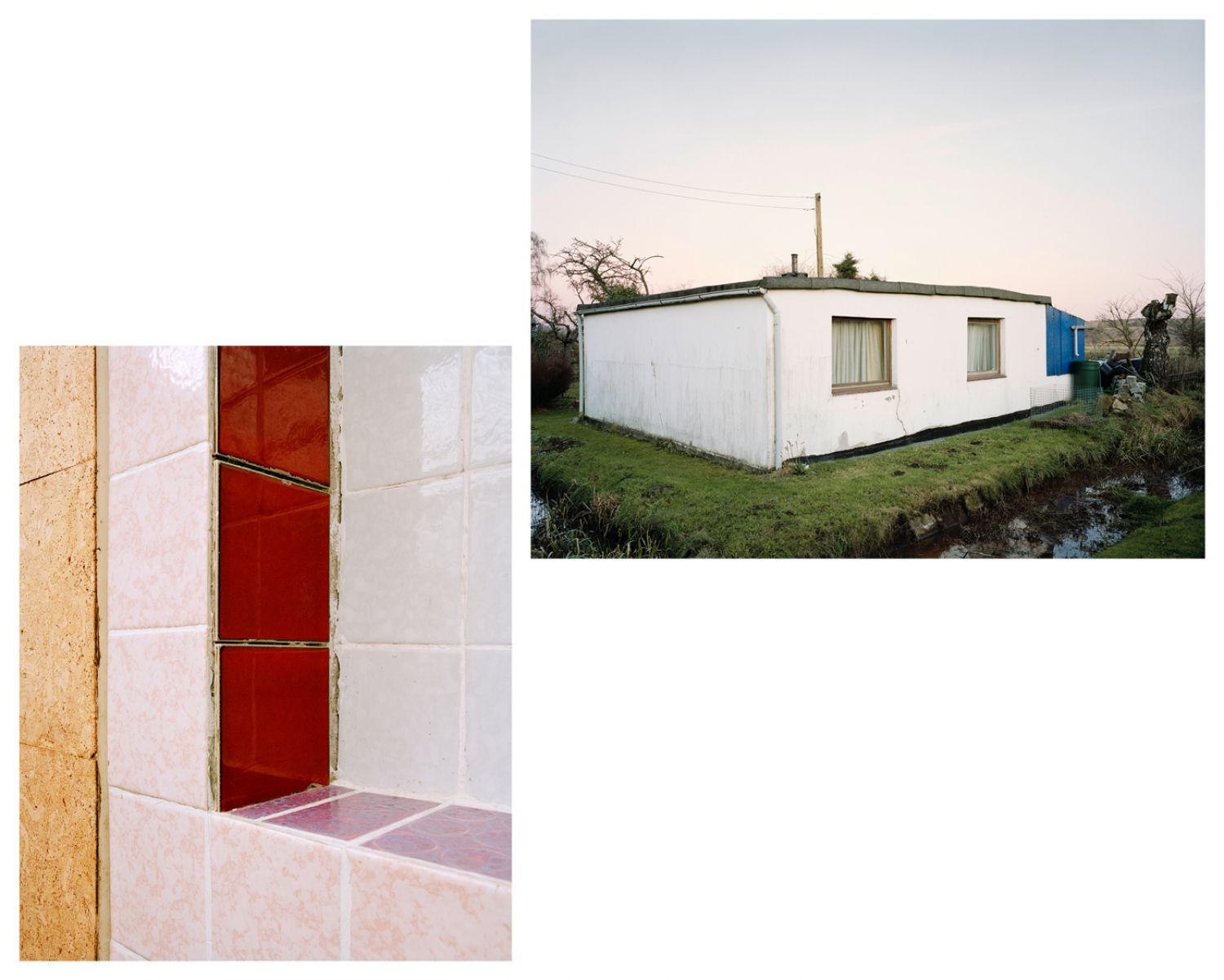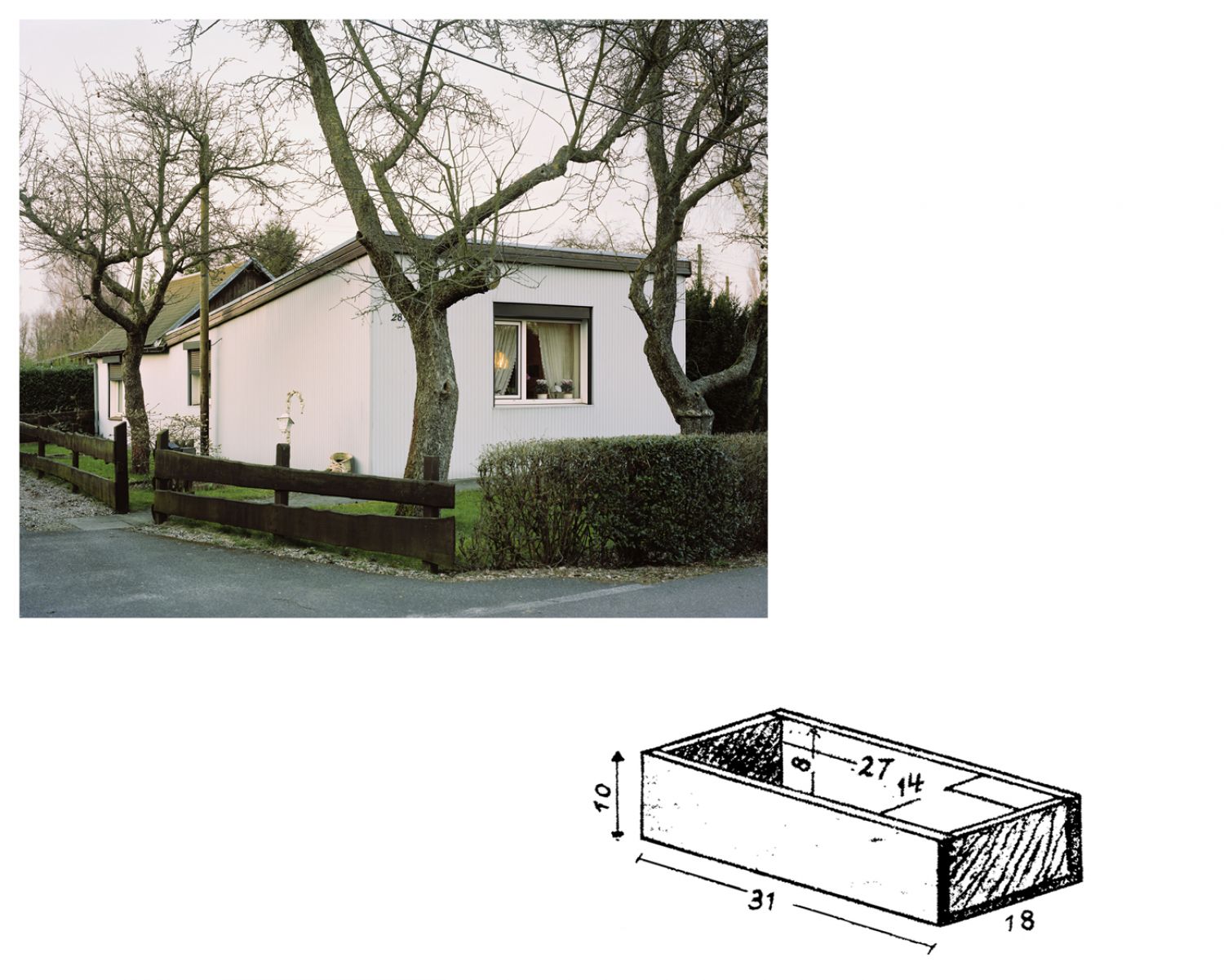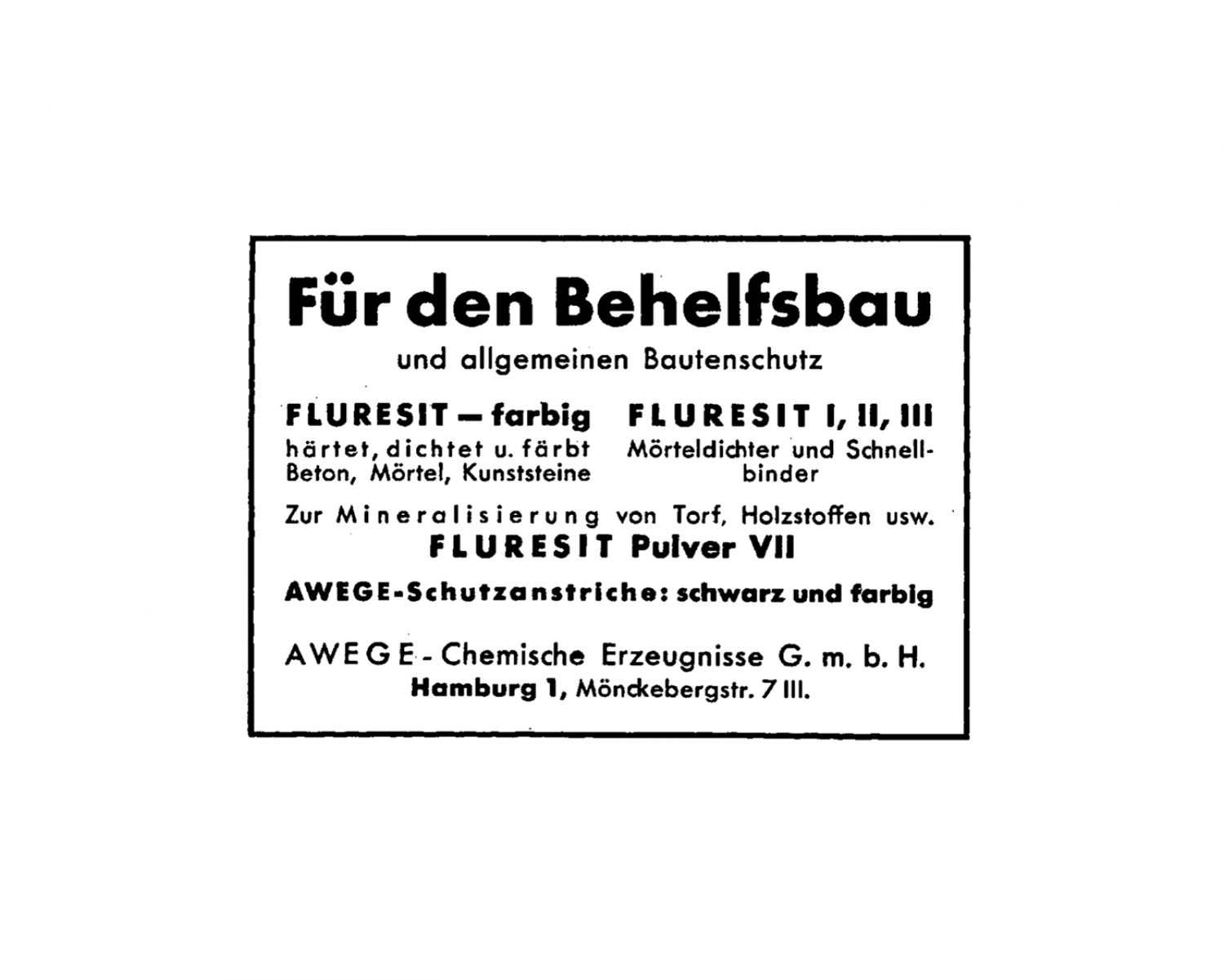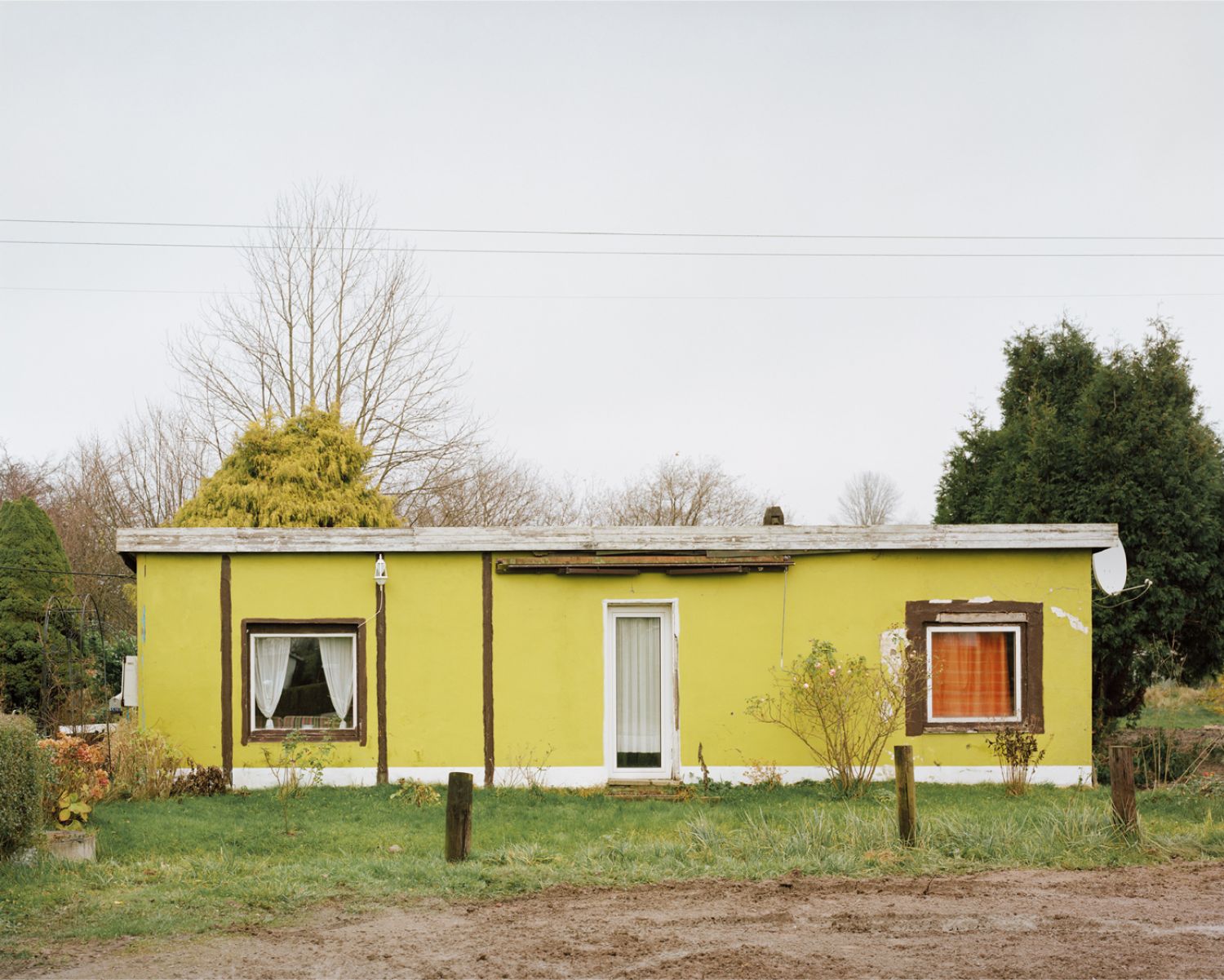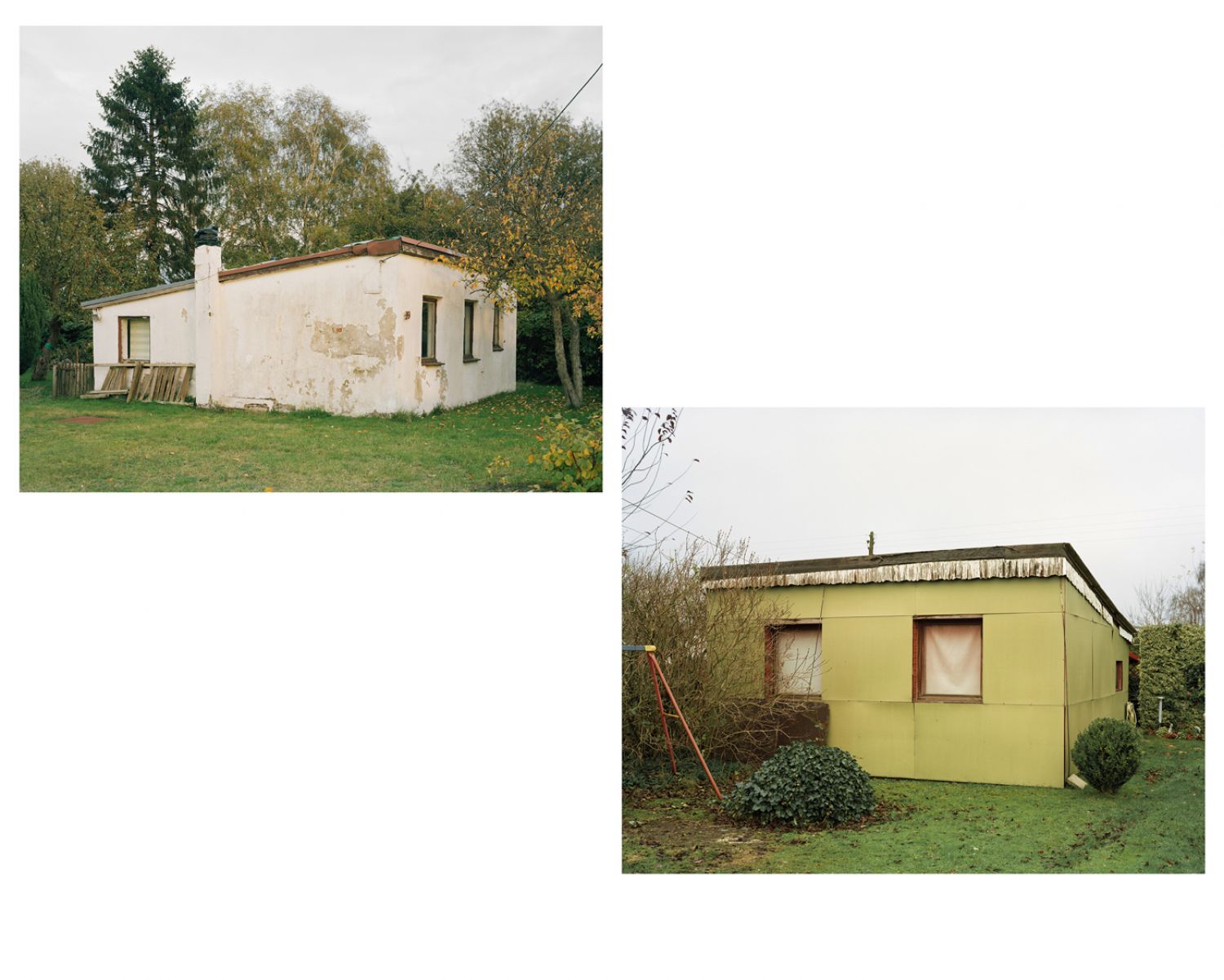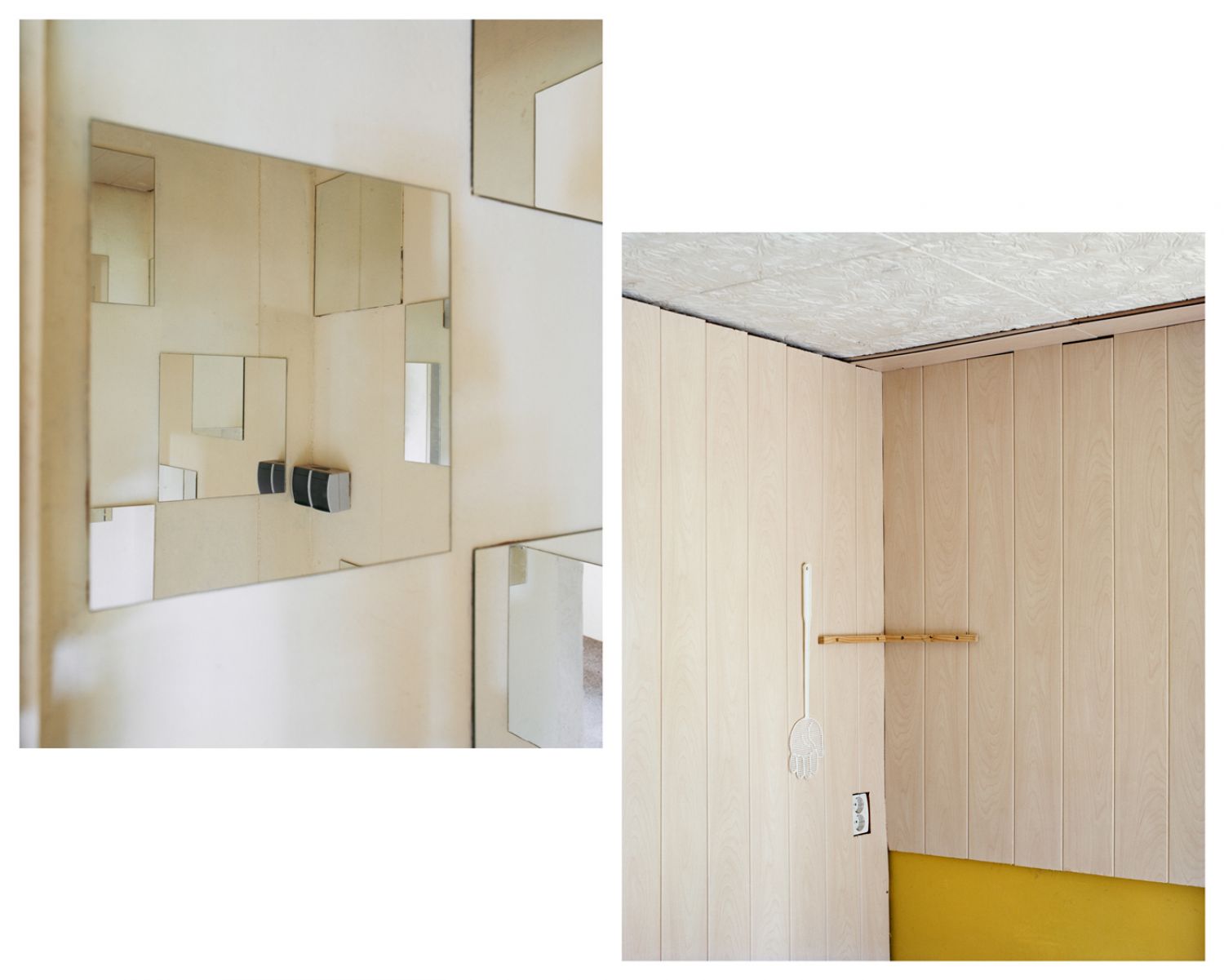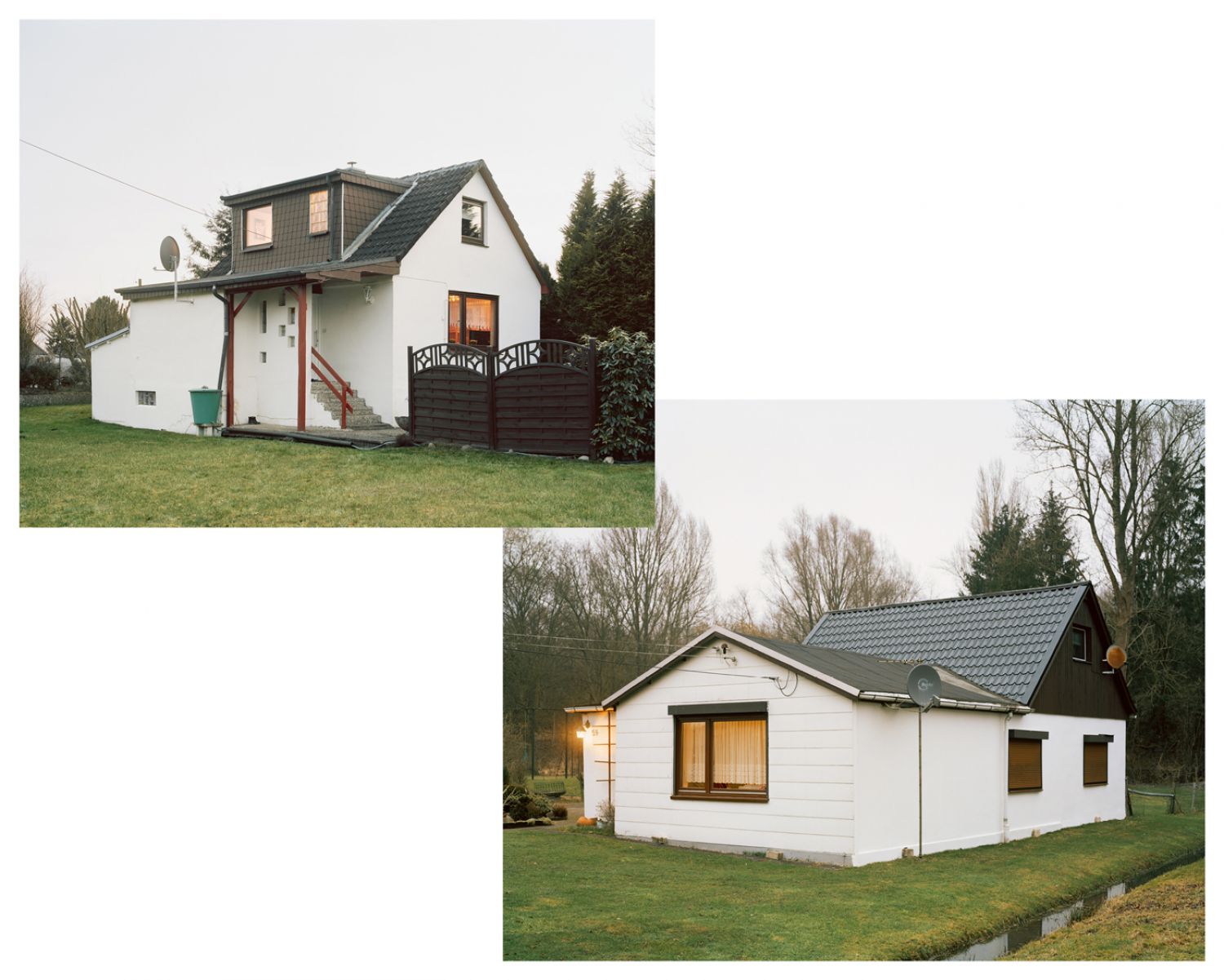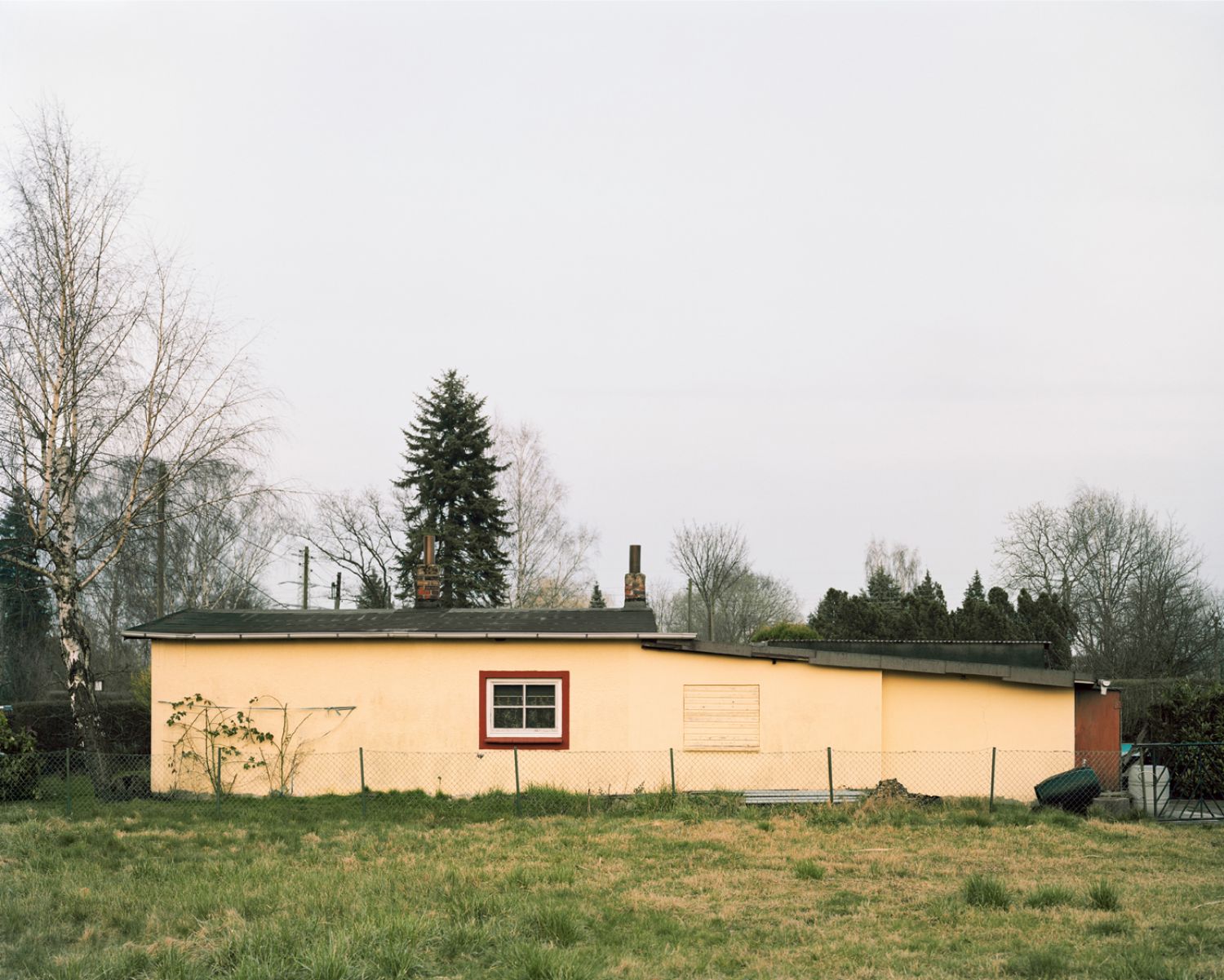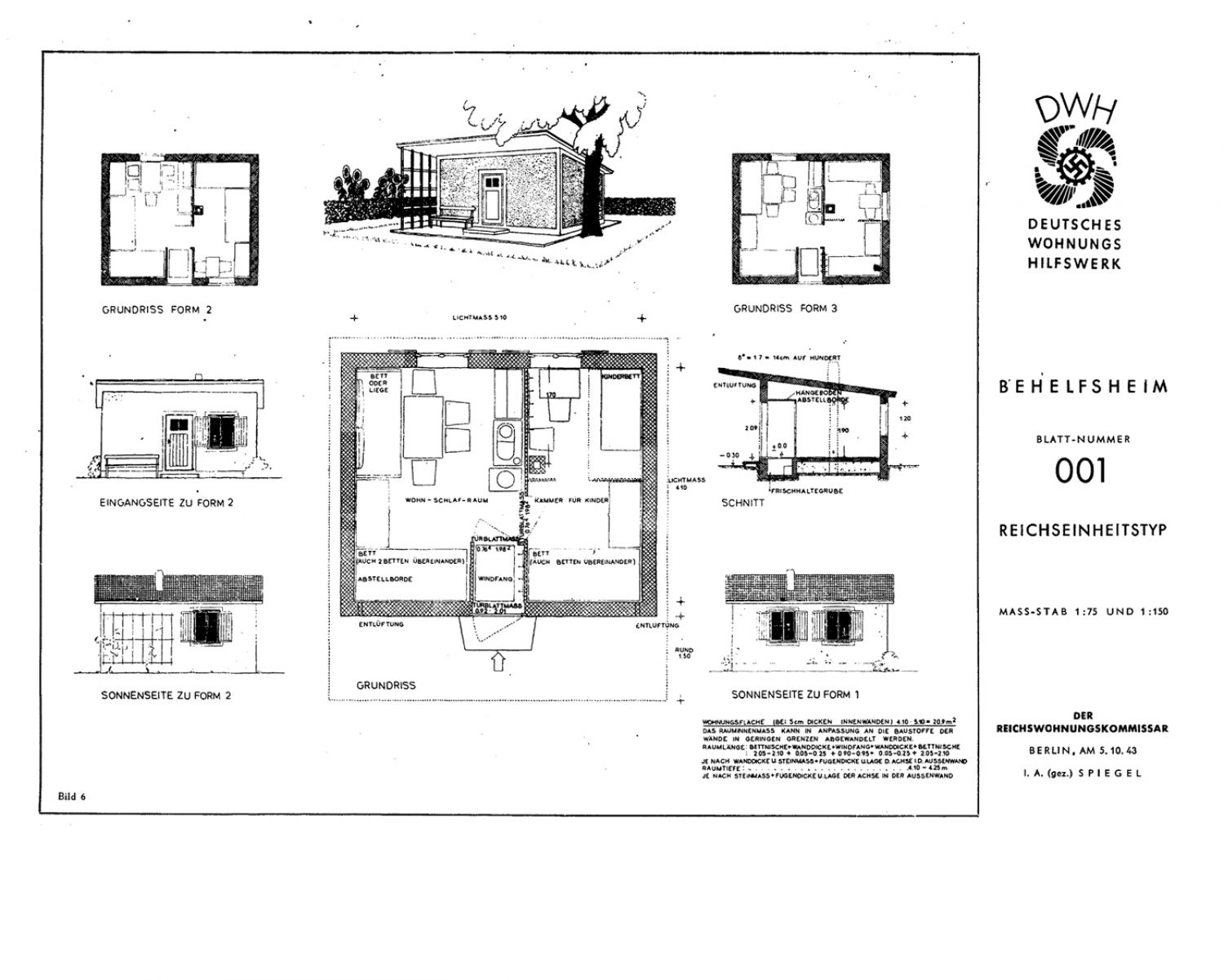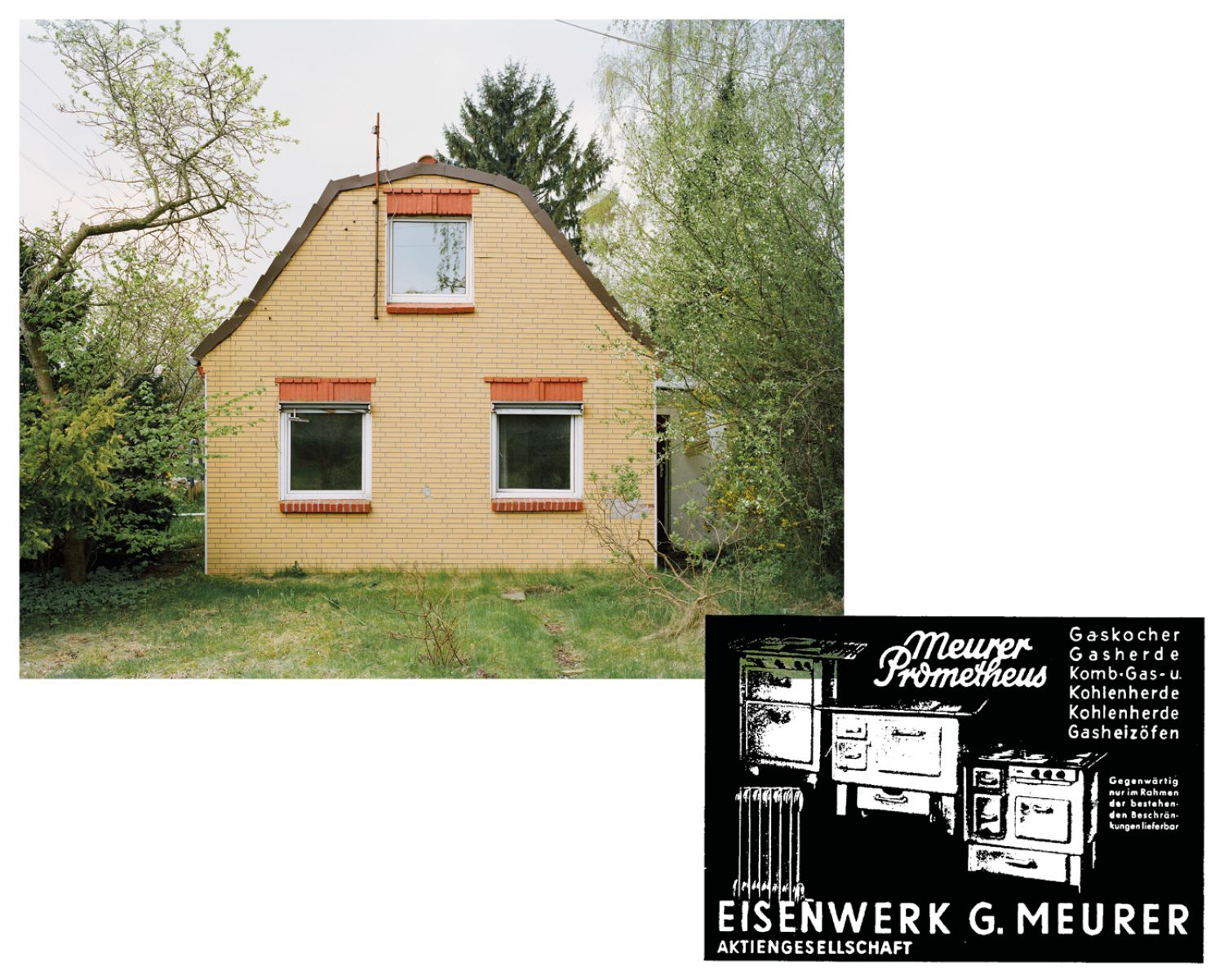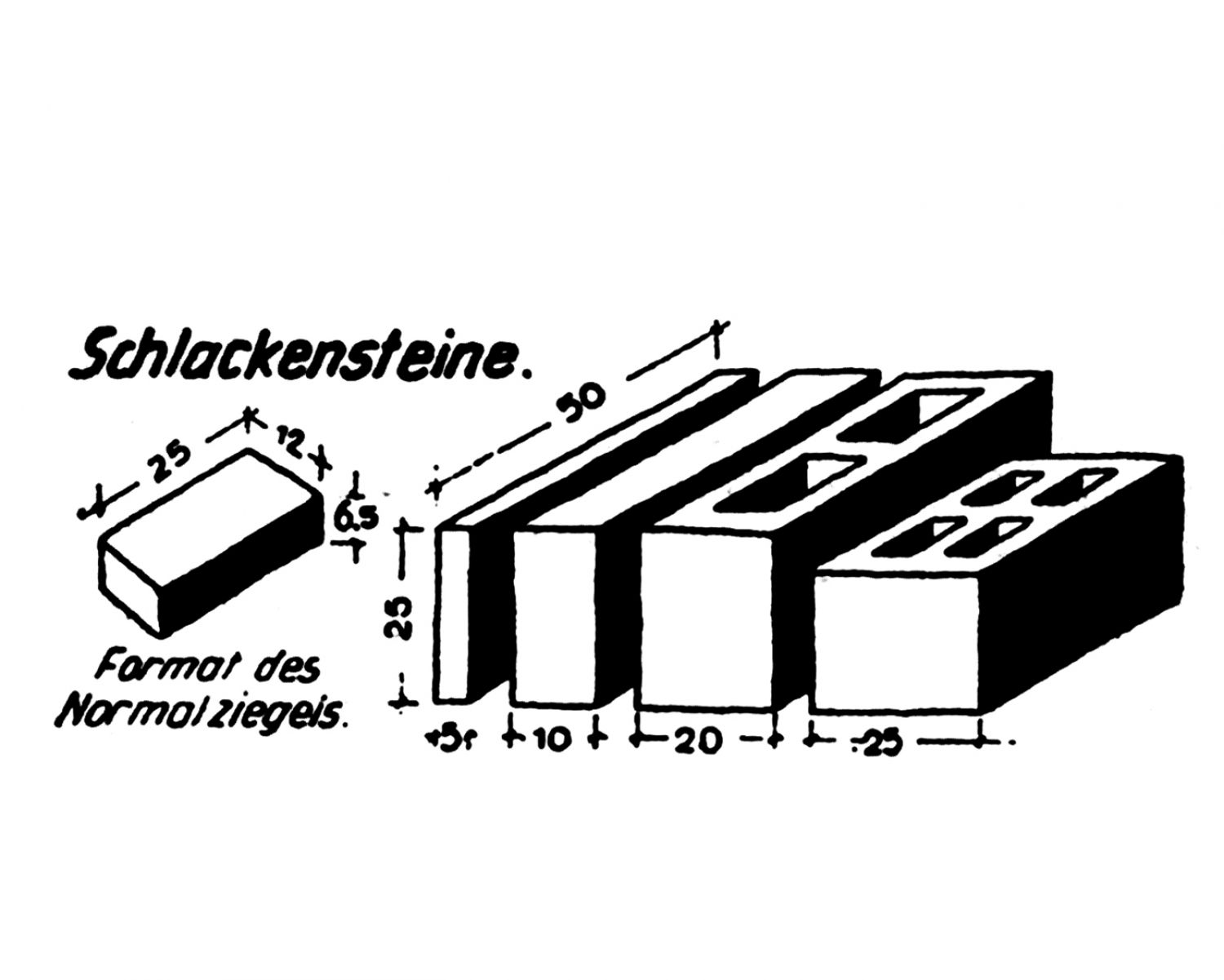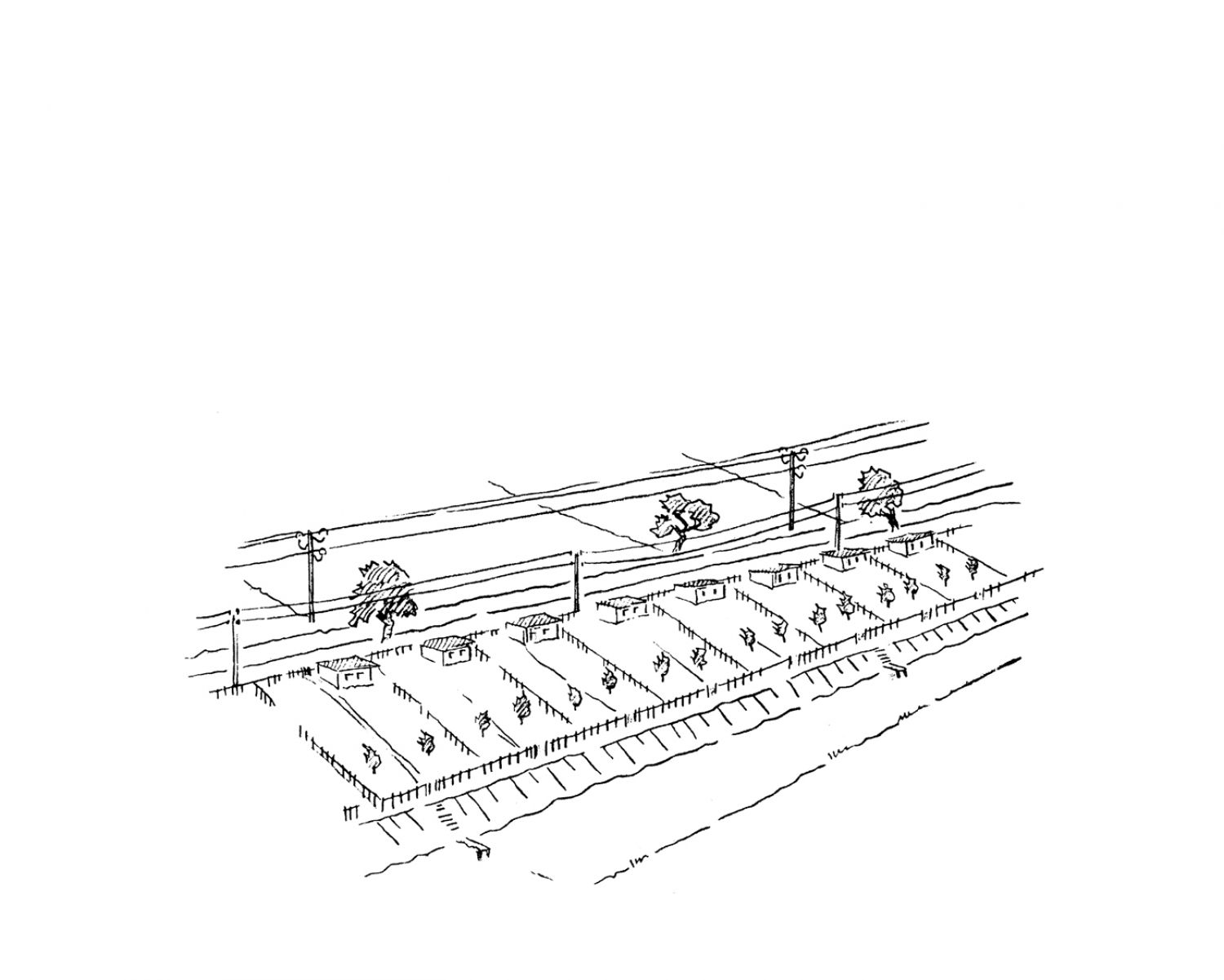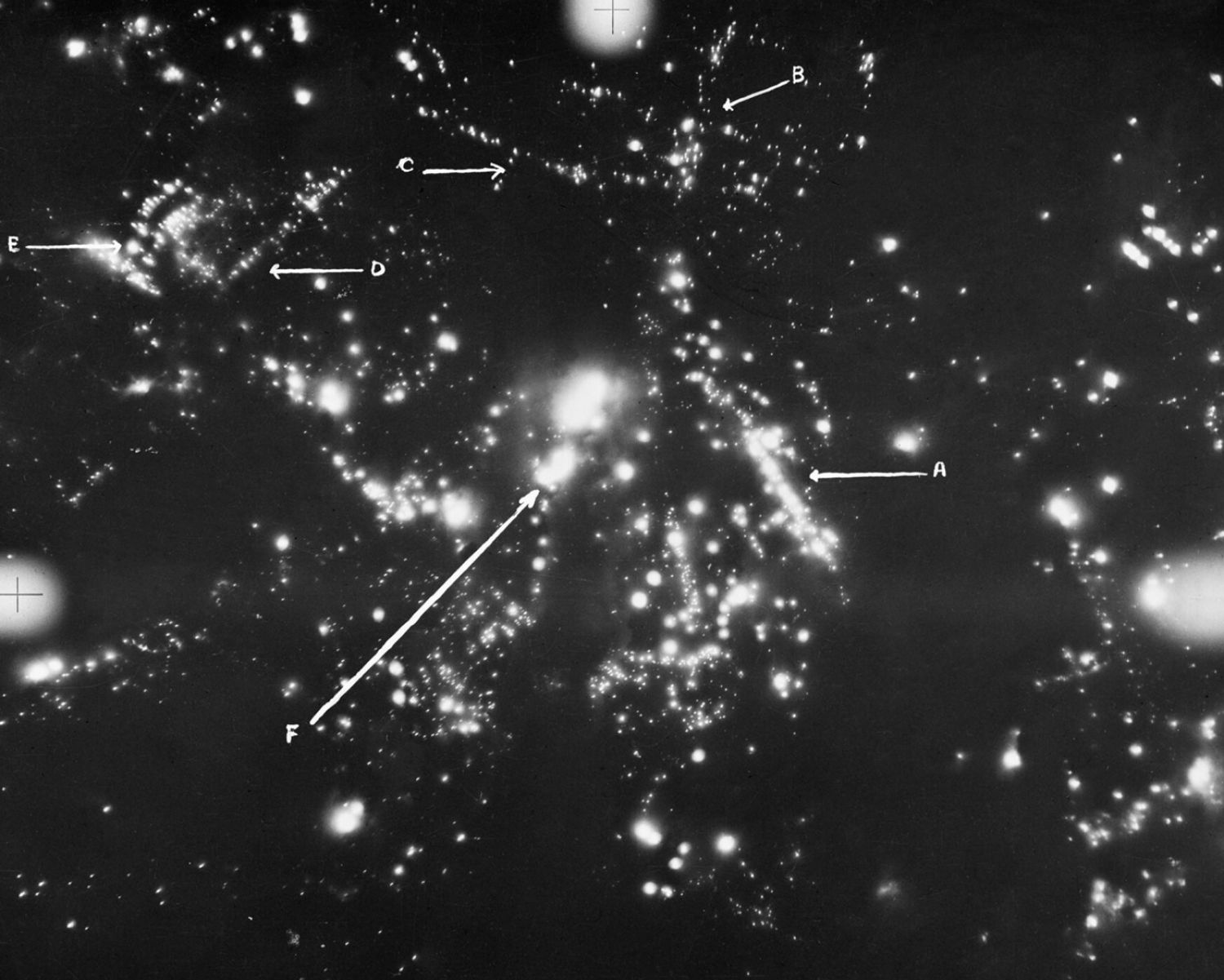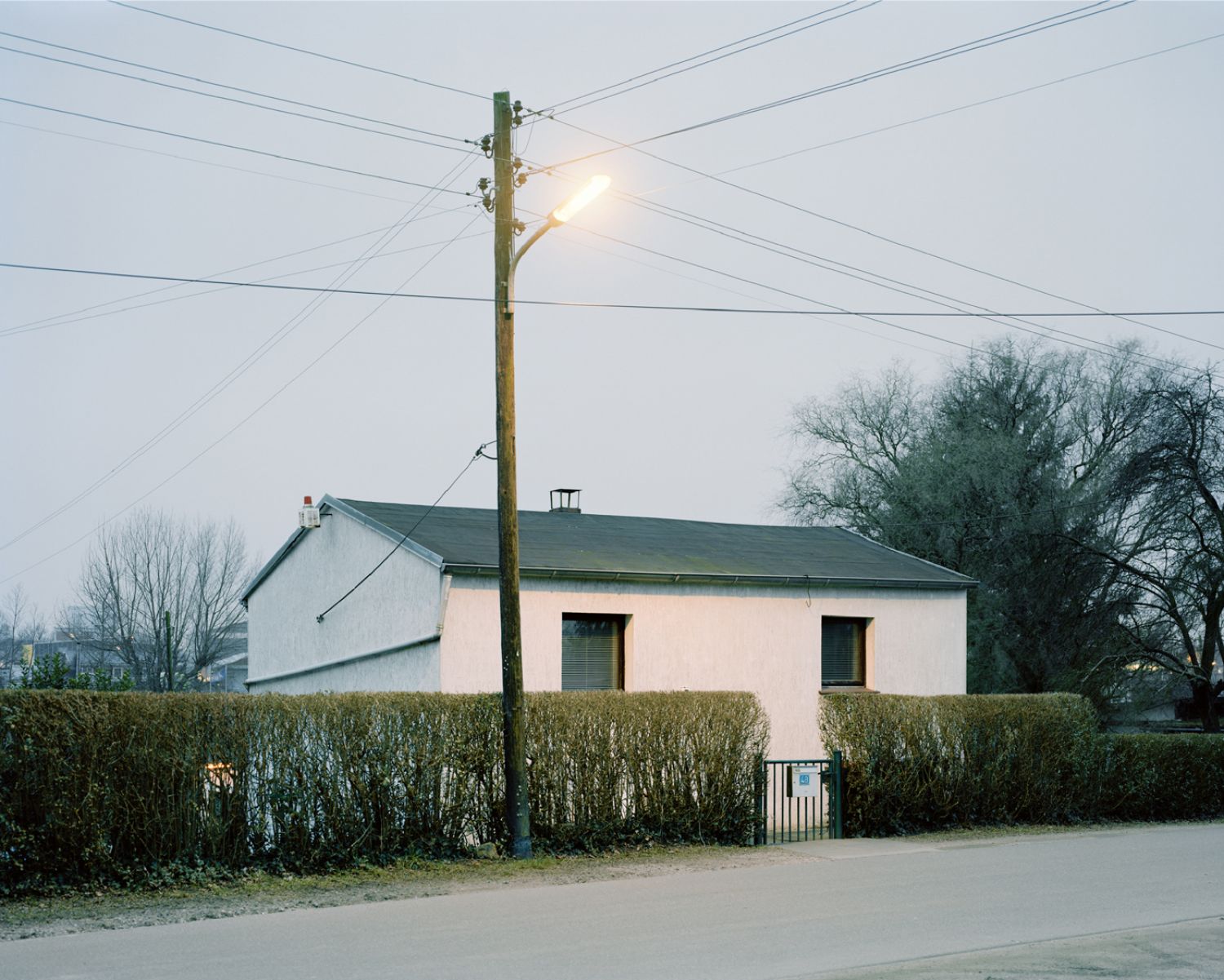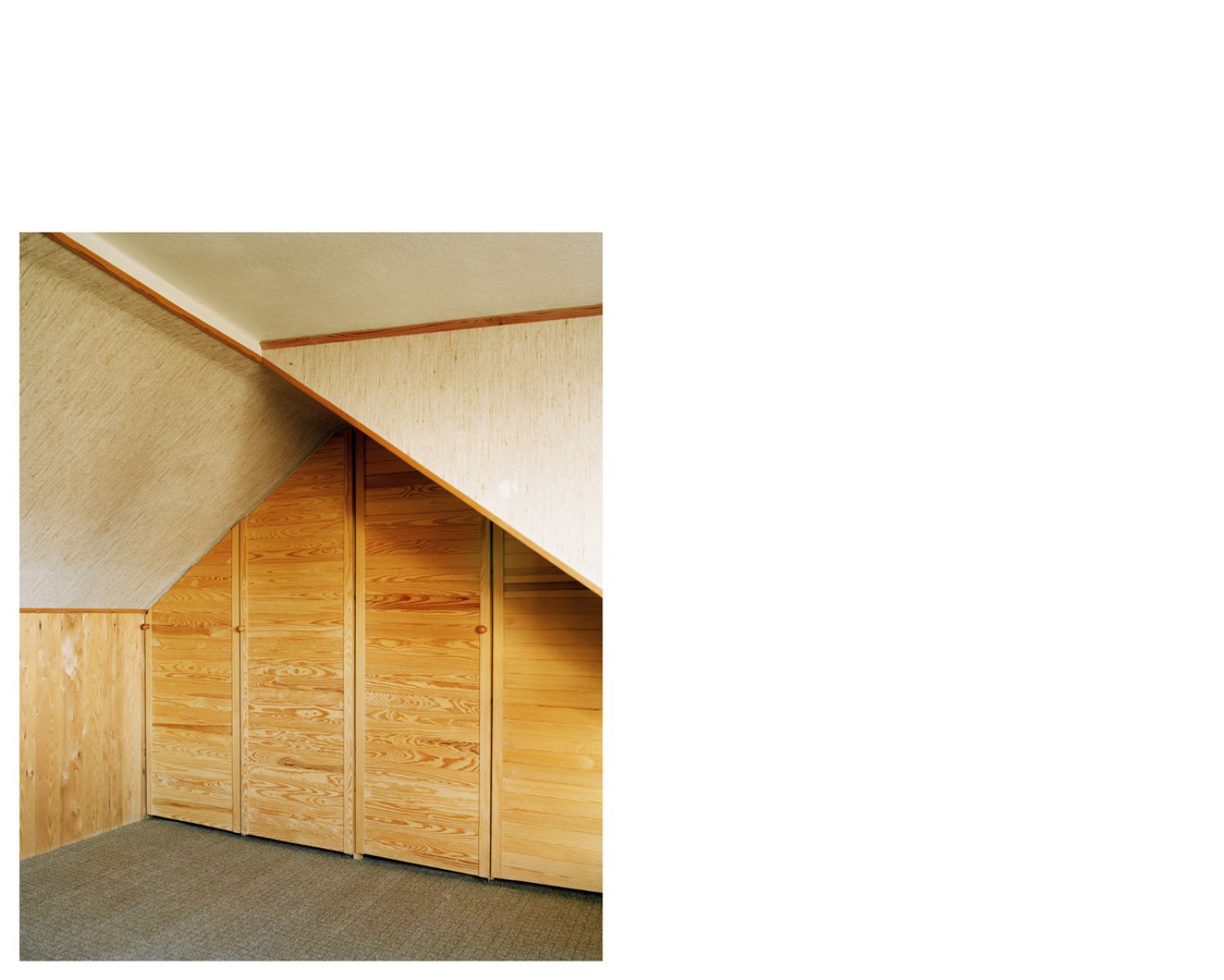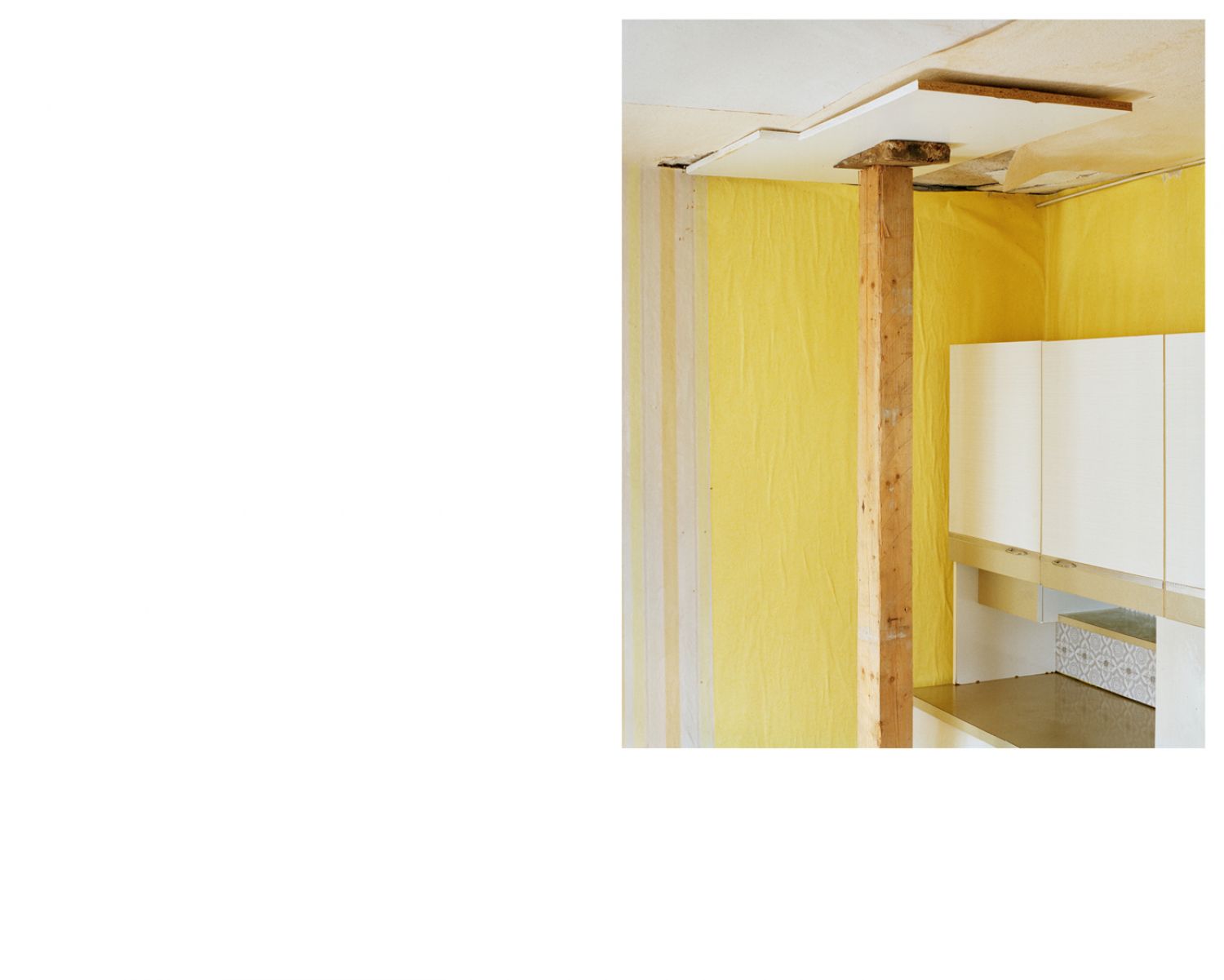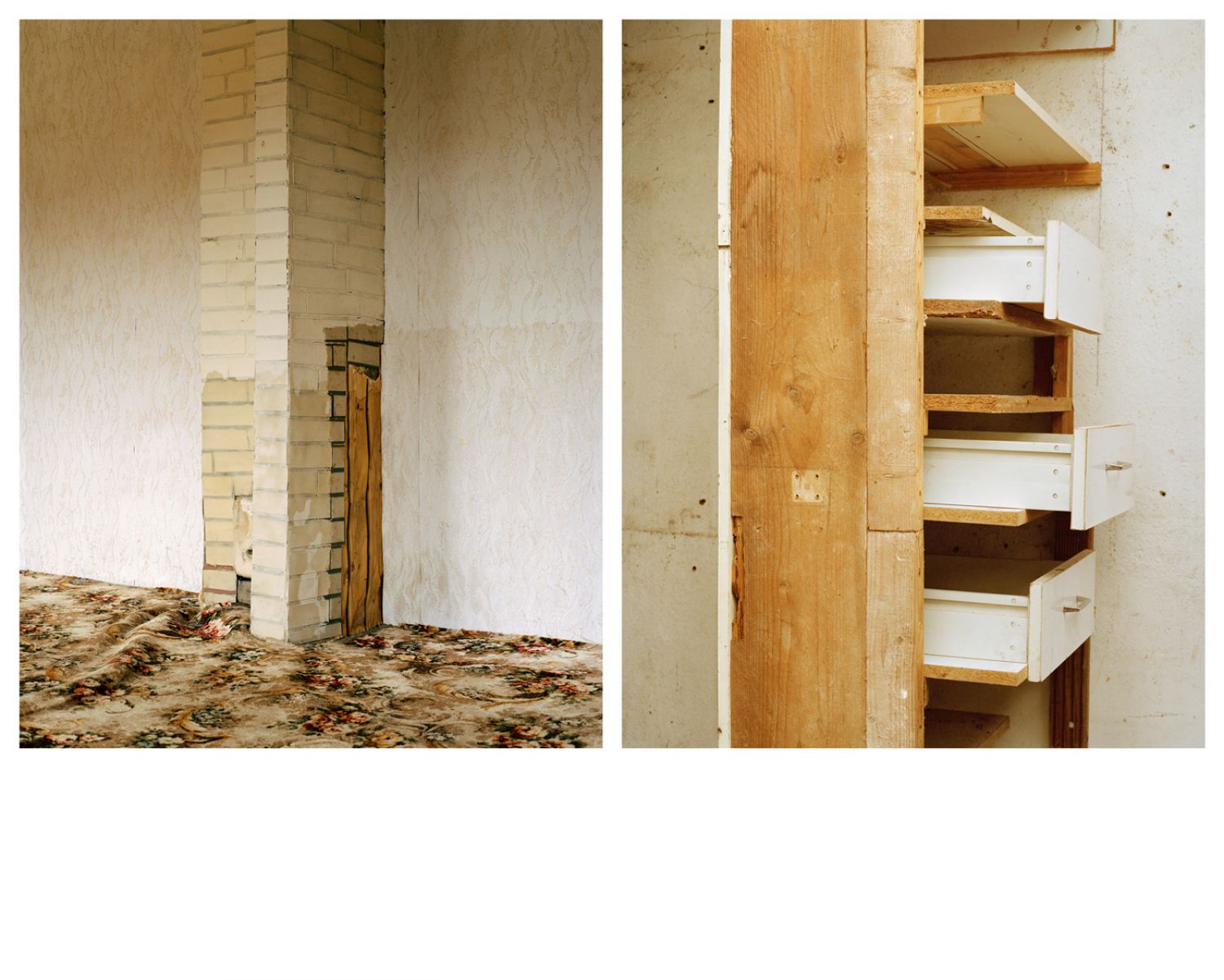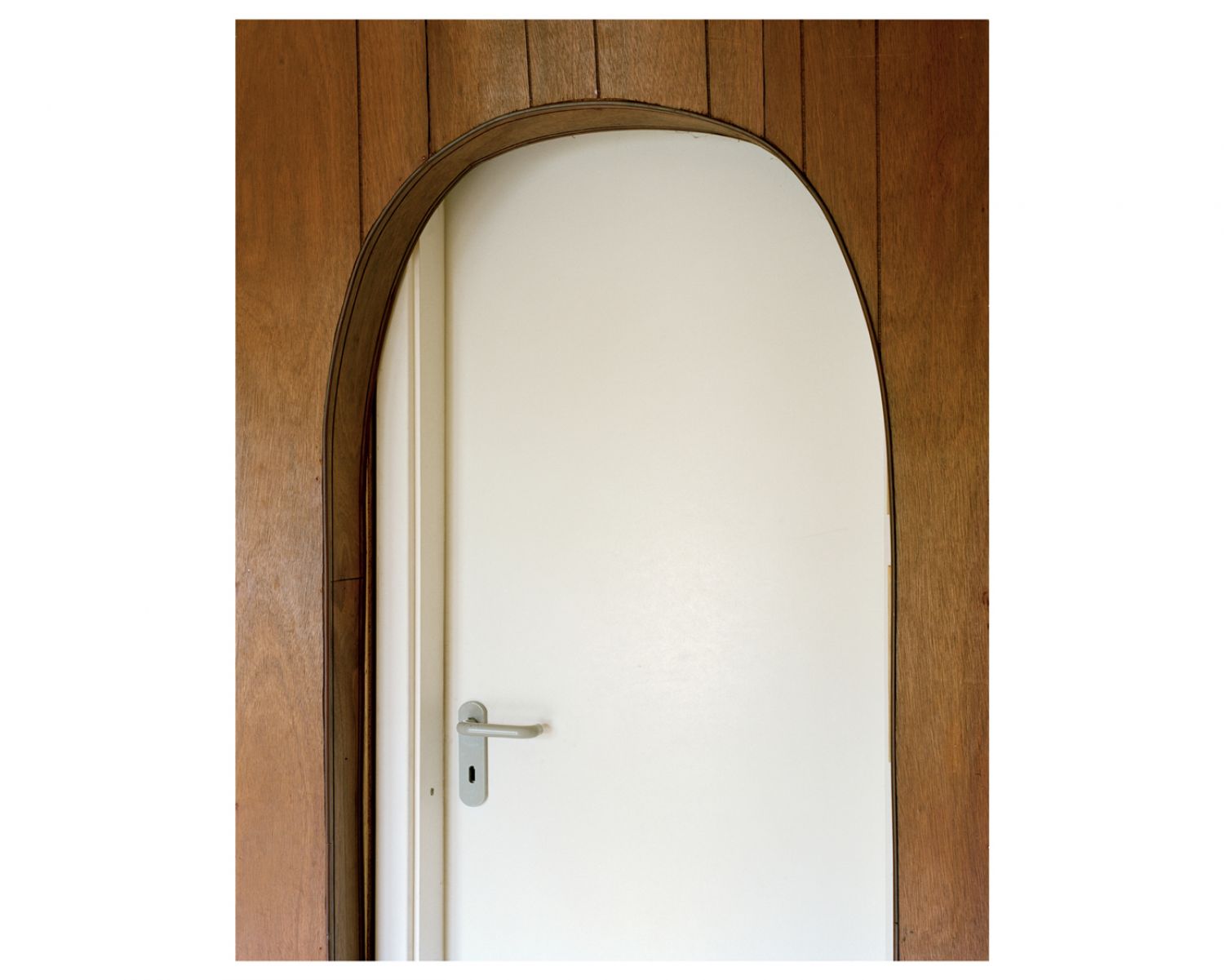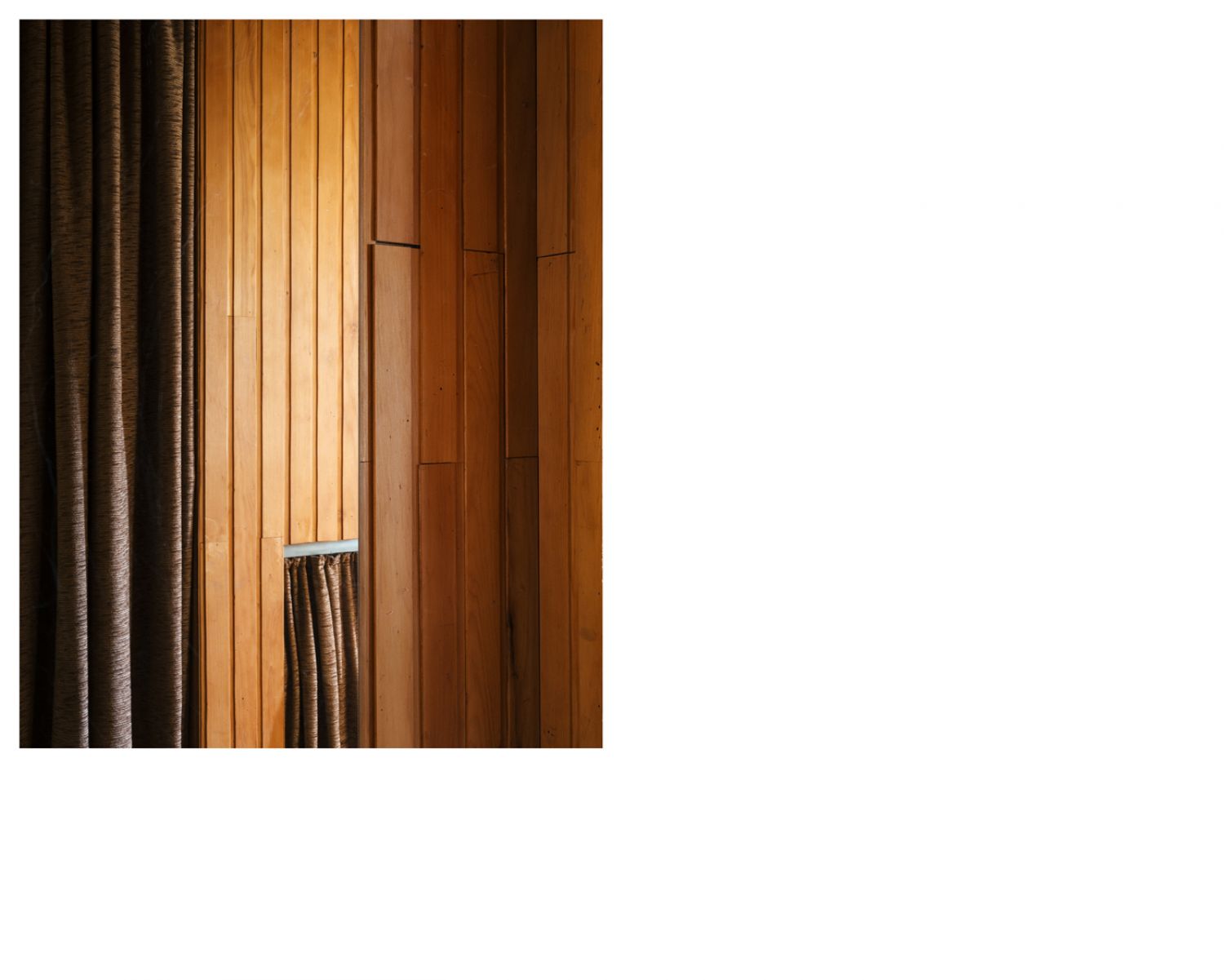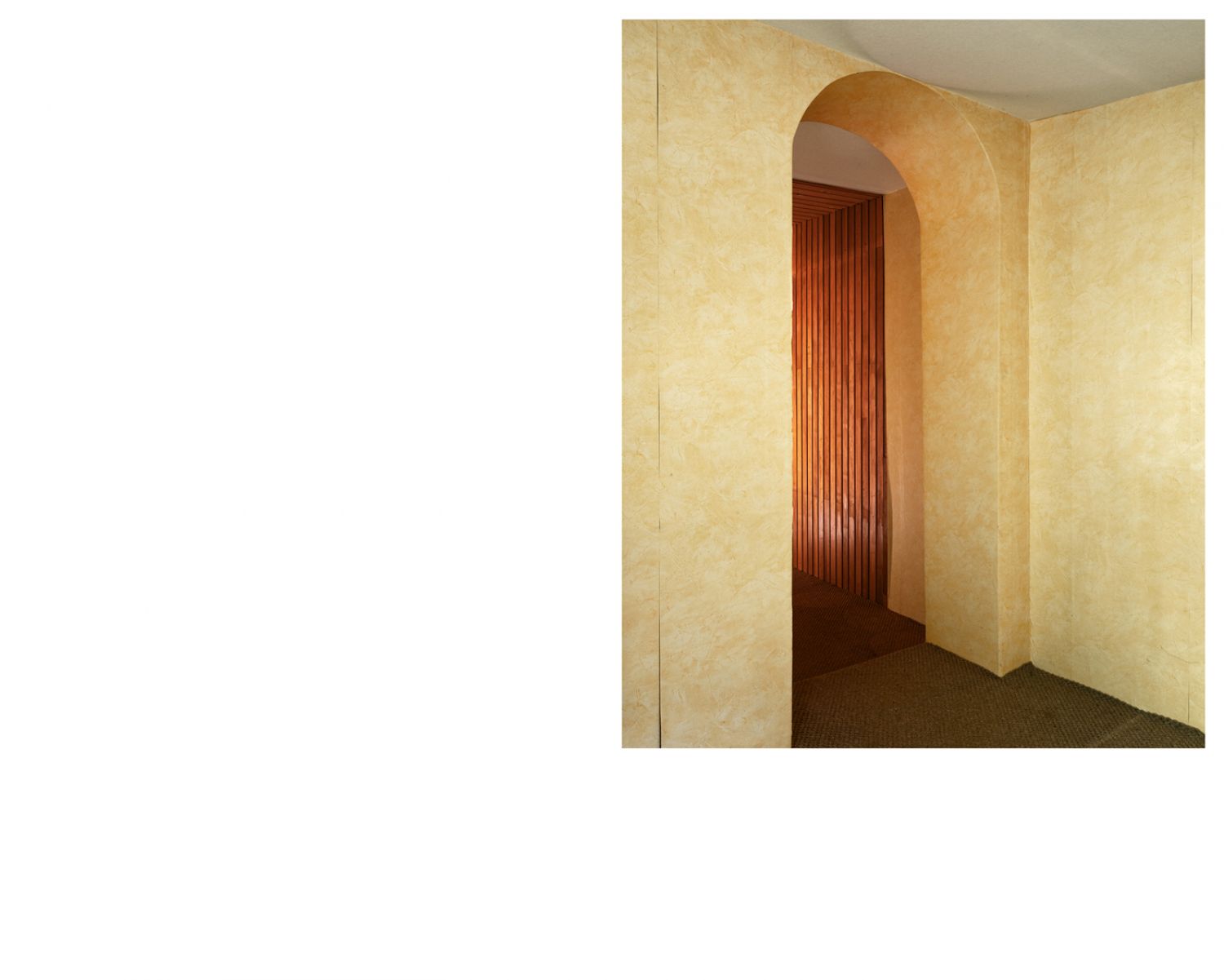Behelfsheim
Enver Hirsch & Philipp MeuserDuring and shortly after the end of the Second World War, thousands of so called Behelfsheime (Makeshift shelters) were built in and around the destroyed cities of Germany. Many of them were built in the midst of allotment gardens, as these areas had largely been spared from the bombing of the Allies. Constructed of debris or simplest building materials, most of these houses have undergone a continuous structural and spatial upgrade. The first inhabitants and their descendants were provided with a lifelong right to stay, but the time of these shelters is slowly coming to an end, as this form of living is no longer tolerated: Space in Germany's big cities is becoming scarce. After the death of the inhabitants, the houses are demolished or reconstructed to the size of an allotment garden cabin.
The photo work deals with the inside and outside of the last remaining Behelfsheime. It documents a type of house and its materiality that makes postwar history visible, and it is the last possible documentation of a provisional solution – which has survived to this day. During this year, a different edit of this work will be released in book form in Germany.
